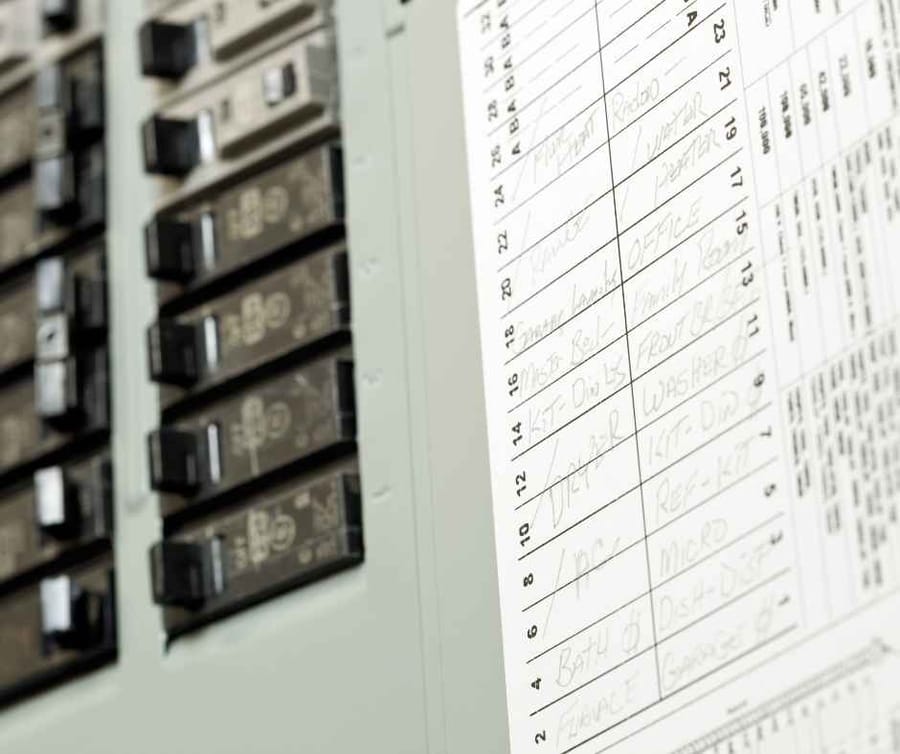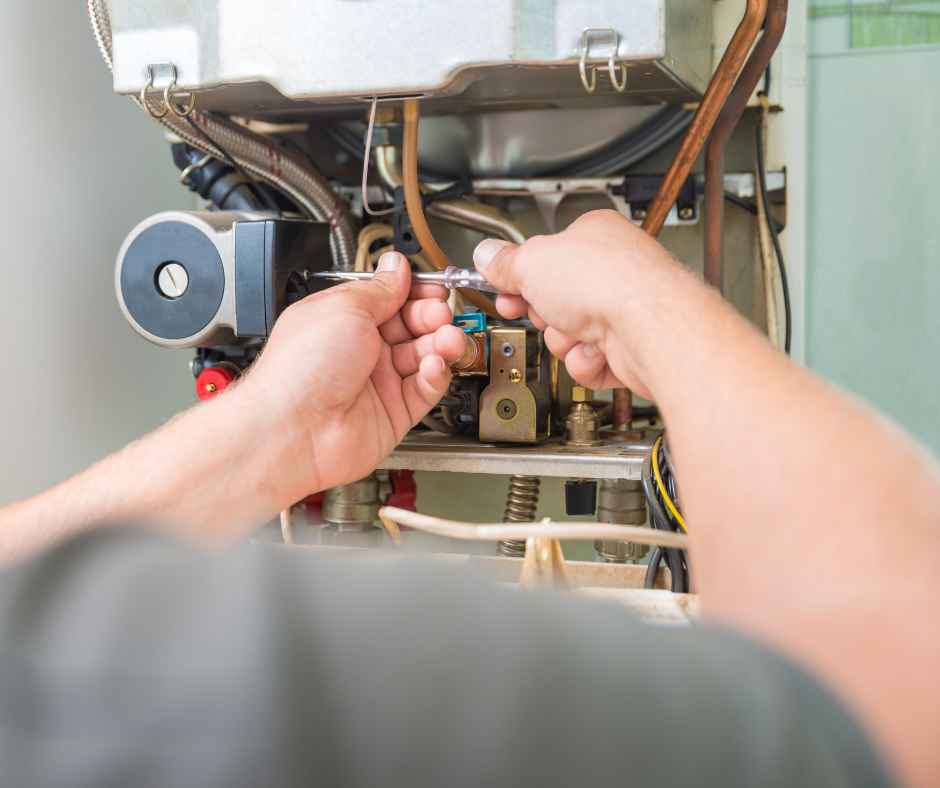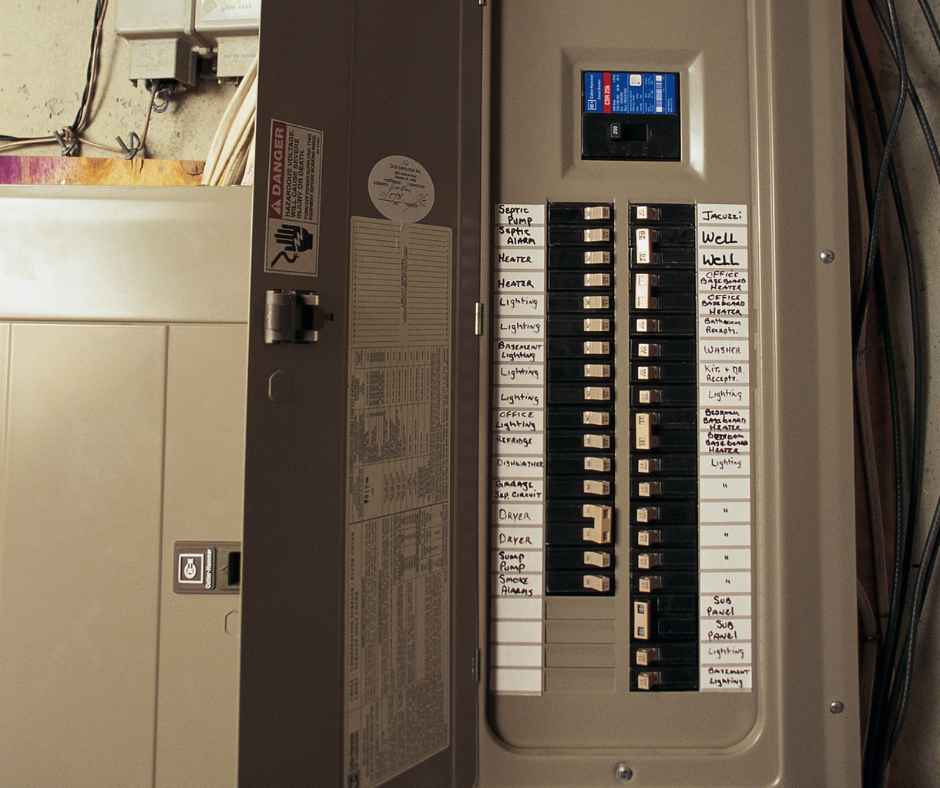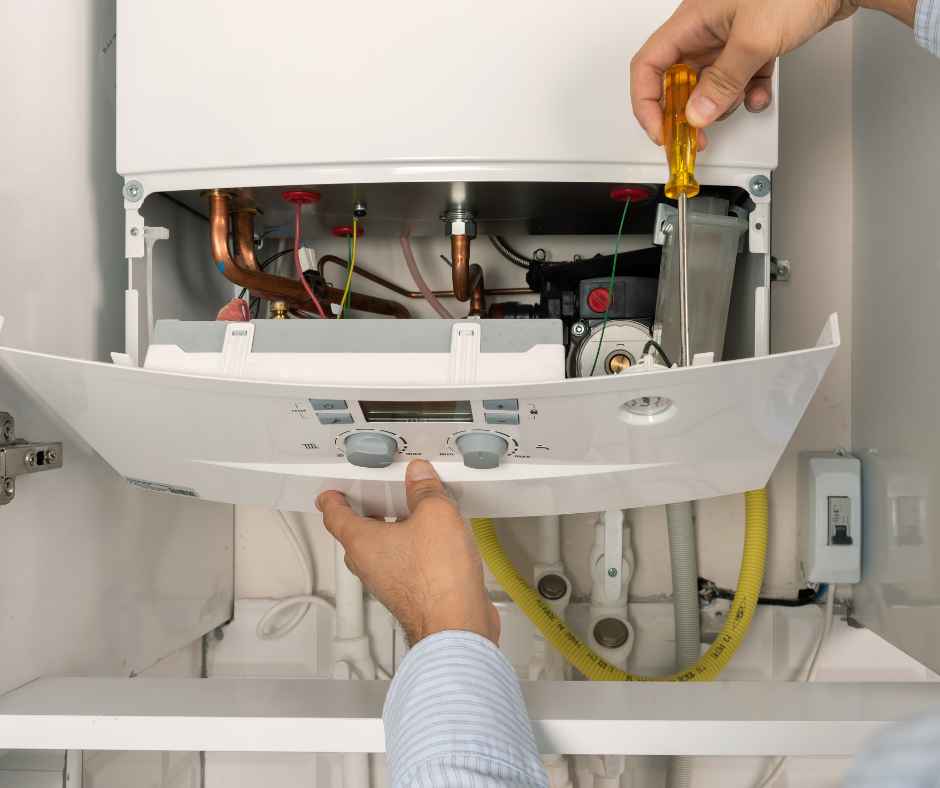Serving Colorado Springs & Surrounding Areas
Is It Dangerous if a Circuit Breaker Keeps Tripping?

It’s easy to brush off a tripped breaker as nothing more than a minor hassle. Flip the switch, and you’re back in business—right? But if your circuit breaker keeps tripping, it might be more than just a nuisance. Frequent trips can signal deeper electrical issues that shouldn’t be ignored. From overloaded circuits to wiring problems, what seems small could lead to major risks like damaged appliances or even a house fire.
In this blog, we’ll explain why circuit breakers trip, what those repeated interruptions really mean, and how to stay safe. Let’s start by looking at the role your circuit breaker plays in protecting your home.
What Causes a Circuit Breaker to Trip?
Your circuit breaker is more than just a switch—it’s a built-in safety device designed to protect your home’s electrical system. When everything is working correctly, electricity flows smoothly through each circuit. But when something goes wrong, the breaker trips, instantly cutting off power to prevent damage or danger.
There are a few common reasons this might happen:
-
Overloaded circuits: This is the most frequent cause. Too many devices pulling power from a single circuit can exceed its capacity and trip the breaker.
-
Short circuits: When a hot wire touches a neutral wire, it causes a surge of current that the breaker reacts to immediately. This type of trip is usually more serious and may result in visible damage or smoke.
-
Ground faults: Similar to short circuits, a ground fault occurs when a hot wire contacts a grounded surface, which can also lead to dangerous conditions and quick tripping.
-
Faulty appliances or wiring: Worn-out appliances, frayed cords, or outdated wiring can all disrupt safe current flow and cause the breaker to shut things down.
These trips aren’t random—they’re your home’s way of telling you something’s wrong. The next step is figuring out if it’s a simple fix or a sign of something more dangerous.
Is It Dangerous if the Breaker Keeps Tripping?
A single breaker trip may not be a big deal—but if it’s happening frequently, that’s a sign your electrical system is under stress. Repeated trips aren’t just annoying—they’re a safety warning you shouldn’t ignore. Left unaddressed, they can escalate from a minor inconvenience to a serious hazard.
Signs It’s More Than Just an Inconvenience
If you’re experiencing any of the following, your issue may be more than a simple overload:
-
Repeated trips on the same circuit, especially within a short time frame
-
Scorch marks or a burning odor around outlets, switches, or your breaker panel
-
Flickering or dimming lights before a trip occurs
-
Popping, crackling, or buzzing sounds behind the walls or near outlets
These symptoms often point to hidden electrical problems that require immediate attention.
Potential Risks of Ignoring the Issue
Choosing to reset the breaker and move on without investigating the cause can put your home at serious risk:
-
Fire hazard: Overheating wires or faulty connections can lead to electrical fires.
-
Appliance damage: Frequent power interruptions can shorten the lifespan of your electronics.
-
Shock risk: Damaged wiring or exposed connections increase the chance of electric shock.
-
System failure: Persistent issues can strain your entire electrical panel, eventually requiring costly repairs or replacement.
The bottom line: if your breaker won’t stop tripping, it’s time to take it seriously.
How to Troubleshoot a Tripping Breaker
Before jumping to the worst-case scenario, it’s worth checking if a simple fix is within reach. In some cases, a tripping breaker can be resolved with a few basic troubleshooting steps. However, it’s also important to know when to stop and call in a professional—especially when safety is on the line.
DIY Steps to Try First
Start by narrowing down what might be overloading the circuit or causing the breaker to trip:
-
Unplug everything from the affected outlets on the tripped circuit.
-
Reset the breaker by switching it fully to the OFF position, then back to ON.
-
Plug in devices one at a time to see if a particular appliance triggers the trip.
-
Distribute high-powered appliances (like space heaters, microwaves, or air fryers) across different circuits if possible.
-
Avoid using extension cords or power strips that combine multiple devices into one outlet.
If the breaker stays on after you reduce the load, the problem was likely an overload. But if it trips again quickly or without anything plugged in, you may have a more serious issue.
When to Stop and Call a Professional
There are times when DIY just won’t cut it—and continuing to reset a tripping breaker could be risky:
-
The breaker trips immediately even when no devices are in use.
-
You’ve already reduced the load, and it still trips frequently.
-
You’re unsure about the wiring, the panel looks worn, or you hear unusual noises.
-
The breaker or panel feels warm to the touch or shows signs of wear or scorching.
At this point, it’s safest to let a licensed electrician assess your system. Electrical problems can escalate quickly, and professional expertise ensures your home remains protected.
Preventing Circuit Breaker Trips in the Future
Once you’ve addressed the immediate issue, it’s time to think long-term. Preventing circuit breaker trips isn’t just about convenience—it’s about keeping your electrical system safe, efficient, and up to date with your household’s needs.
Here are a few proactive ways to reduce the chance of future problems:
-
Avoid overloading outlets: Don’t plug too many devices into a single outlet or power strip. Spread high-demand appliances out across different rooms and circuits.
-
Be mindful of high-wattage appliances: Microwaves, space heaters, and hair dryers can quickly overload a circuit—use them individually or plug them into a dedicated outlet.
-
Upgrade your electrical panel: If your home is older or you’ve added more electronics, it might be time to upgrade to a panel that can handle today’s energy demands.
-
Replace outdated wiring and outlets: Aluminum wiring, two-prong outlets, or visible wear may signal it’s time for modern upgrades.
-
Schedule regular inspections: An annual visit from a licensed electrician can catch small issues before they become major hazards.
Taking these steps not only protects your home—it also helps your appliances and devices perform better with fewer interruptions.
Wrap-Up: Don’t Ignore a Tripping Circuit Breaker
A circuit breaker that trips once is doing its job—but if it keeps happening, it’s time to listen to what your home is telling you. Repeated tripping isn’t just inconvenient; it could be a sign of overworked circuits, faulty appliances, or dangerous wiring conditions. Ignoring the warning signs puts your home and family at risk for electrical fires, damaged equipment, or worse.
Instead of guessing or hoping the problem resolves itself, take control of your home’s safety. Contact WireNut Home Services to schedule a professional electrical inspection. Our licensed electricians will identify the cause, recommend safe solutions, and make sure your system can power your life—without tripping up.




